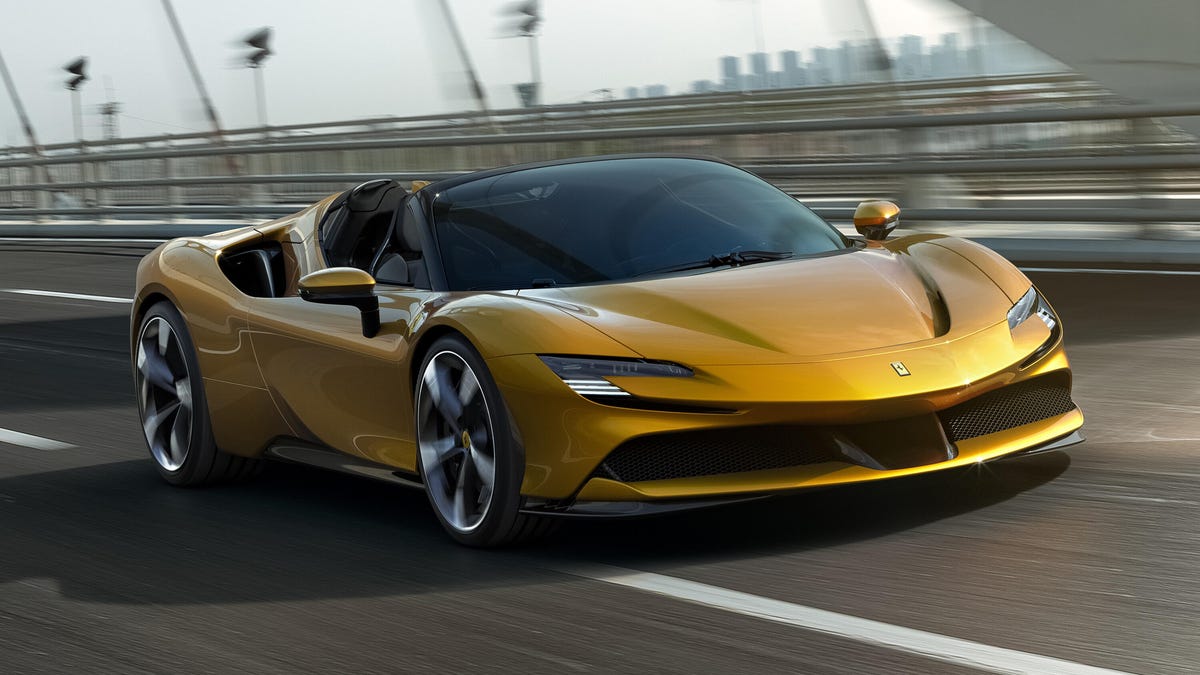Ferrari Will Stick With Level 2 Driver Aids to Preserve the Driving Experience
This may be the most progressive approach to autonomy of any exotic automaker.
Will the ever-increasing glut of advanced driver-assistance systems eventually claim supercars? Is there even room for exotica in a world full of sensors and onboard artificial intelligence? Ferrari sure seems to think there is.
Ferrari on Thursday unveiled its strategic plan for from now until 2026. While it's mighty impressive that the Italian automaker intends to unveil 15 new cars over the next several years, including a hypercar and a battery-electric vehicle, it's the mention of conditional autonomy that might be of interest to some.
"Ferrari will limit the autonomy of its cars to Level 2/Level 2 Plus, in order to preserve all the extraordinary emotions reserved for the driver," the company said in its press release. Level 2 and Level 2 Plus include ADAS arrays that are capable of controlling the car in certain conditions, but they still require the driver's full attention. This tier of automation tech includes GM's Super Cruise, Ford's BlueCruise and Tesla's Autopilot. Ford's and GM's systems only work on stretches of limited-access highway that the respective automakers have already mapped.
The automaker's current ADAS suite is limited to basic adaptive cruise control, a system that uses radar or cameras to match speed with the vehicle ahead. Most current Level 2 systems are built on a combination of adaptive cruise control and lane-keeping assist, so this would be a pretty big step by itself. If it uses something like lidar to improve the system's recognition, that would be an even bigger leap.
This statement might very well place Ferrari at the forefront of the exotic-automaker autonomy discussion. Pie-in-the-sky concepts aside, the strongest exotic ADAS suite right now belongs to the Lamborghini Urus, which dove into the VW Group parts bin to incorporate adaptive cruise control, blind-spot monitoring and an active parking assistant that works with both parallel and perpendicular parking. Lamborghini's coupes do not currently offer any modern ADAS, although successive generations should change that, according to a CarBuzz report from late 2021. McLaren has dipped its toes into the ADAS pool with the new Artura hybrid, including things like adaptive cruise control and lane-departure warning, so we'll likely see similar moves from the British automaker as subsequent models roll out with updated electrical architectures.


